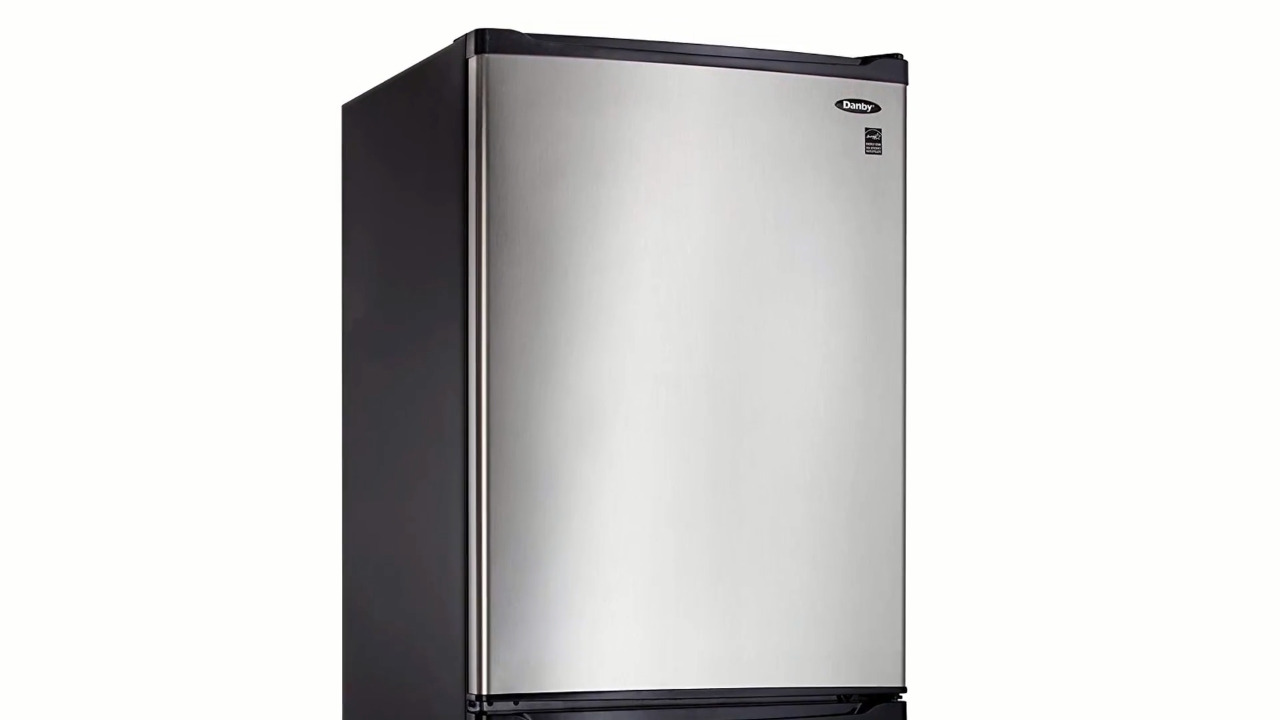Pottery circle: what it is and how it works
Both a schoolboy and a pensioner can learn pottery for further work at home. To master basic techniques of manufacturing of ceramics for 3-6 months of intensive pottery courses – quite real. Exactly the same amount of standard courses and training programs in the system of additional vocational education.
You can master the ancient craft and learn to make ceramic tableware, figurines, figurines or souvenirs yourself. Many of the techniques that form a holistic technology of ceramics are available in the form of video instructions, reviews published online. Not every ordinary Internet user is able to perform all stages of the production cycle.
Sticking and firing of clay, performed by experienced potters in training videos, are not performed with their bare hands. The masters work with the pottery wheel and the powerful kiln. It is possible to get the finished product if 3 categories of consumables are at hand:
- Pottery clay (dry or fresh).
- Modern additives for ceramics and clay.
- Paintwork materials, stamps and glazes.
- Possession of all components is considered by the authors of the video as a given.
- Meanwhile, only a small part of people who want to master the craft, has at hand a pottery wheel and a kiln for firing clay.
- High-quality “baking” of ceramics in the gas oven will not show even a professional, without careful and time-consuming adjustment of the heating level.
The practice can be very expensive when the ceramic is cast into silicone molds when calibrating the temperature in the kiln. This is the most technologically advanced way to make figures, souvenirs, dolls or busts. The silicone mold for casting is designed for a limited (not large) batch of finished products.
Casting of ceramic tableware is performed by means of a potter’s machine (potter’s wheel). Using it, the master gives the vertical clay workpiece a shape. It is done exclusively by hand, without any need for expensive factory forms. Often the techniques of working on a potter’s wheel are fundamentally different from each other, which is determined by the type of wheel used.
A potter’s wheel: What is a potter’s wheel and what is it?
The main types of pottery wheels, common in modern workshops, are a typical machine working on electricity and its modifications with adjustable speed. Often, the duration and speed of the pottery machine is controlled by a numerical program module. Machine manufacturers can set a dozen or more basic modes of rotation of the axis.
Availability of preset modes in the machine is usually provided with detailed instructions with the application in the form of recipes for mixtures or descriptions of known techniques to achieve the desired shape. Information on how (in what proportions) the pottery is mixed and what types of pottery are needed to make the dishes.
According to https://www.potterywheelpro.com, bying an electric pottery machine means moving away from mechanized craft and commercial production. A classic pottery wheel is a mechanism driven by transmission systems and foot drive. The wheel, driven by physical action, imposes a number of limitations:
- A low speed limit.
- Significant weight restrictions.
- Productive activity is shorter.
The main feature of mechanical machines for the production of ceramic tableware is the activity format. On the one hand, it can be a hobby or a kind of development activities that improve the motor skills of fingers and hands. According to a doctor’s recommendation, the children’s pottery circle can be one of the ways to improve motor skills in light forms of cerebral palsy, in rehabilitation after accidents or injuries.
Often a hobby may not be associated with the need to restore the natural functions of the human body when it comes to the motor system and coordination of movements. Psychological and emotional unloading can also be a hobby goal, and the hobby itself can bring income.
How to combine work and hobby
Any business has a purpose common to all types of commercial organizations. It is established as part of civil law in most countries of the world and is referred to as profit or revenue generation. When a self-employed craftsman begins to sell the products of his labor in bulk, then such a craft becomes a commodity production, and the activity of the business.
The transition to business begins with the production of wholesale lots of ceramic tableware, floor vases, pots and urns. As a rule, a legal entity is interested in wholesale. For such transactions requires a current account, allowing you to accept non-cash payments from the legal entity. The procedure of making payments and filling out contracts with wholesalers at pottery courses is not easy to meet.
Mastering the mechanisms of document circulation and the procedure of interaction with the authorities often requires more than just professional courses. Such work falls within the competence of people who have received
Read More


